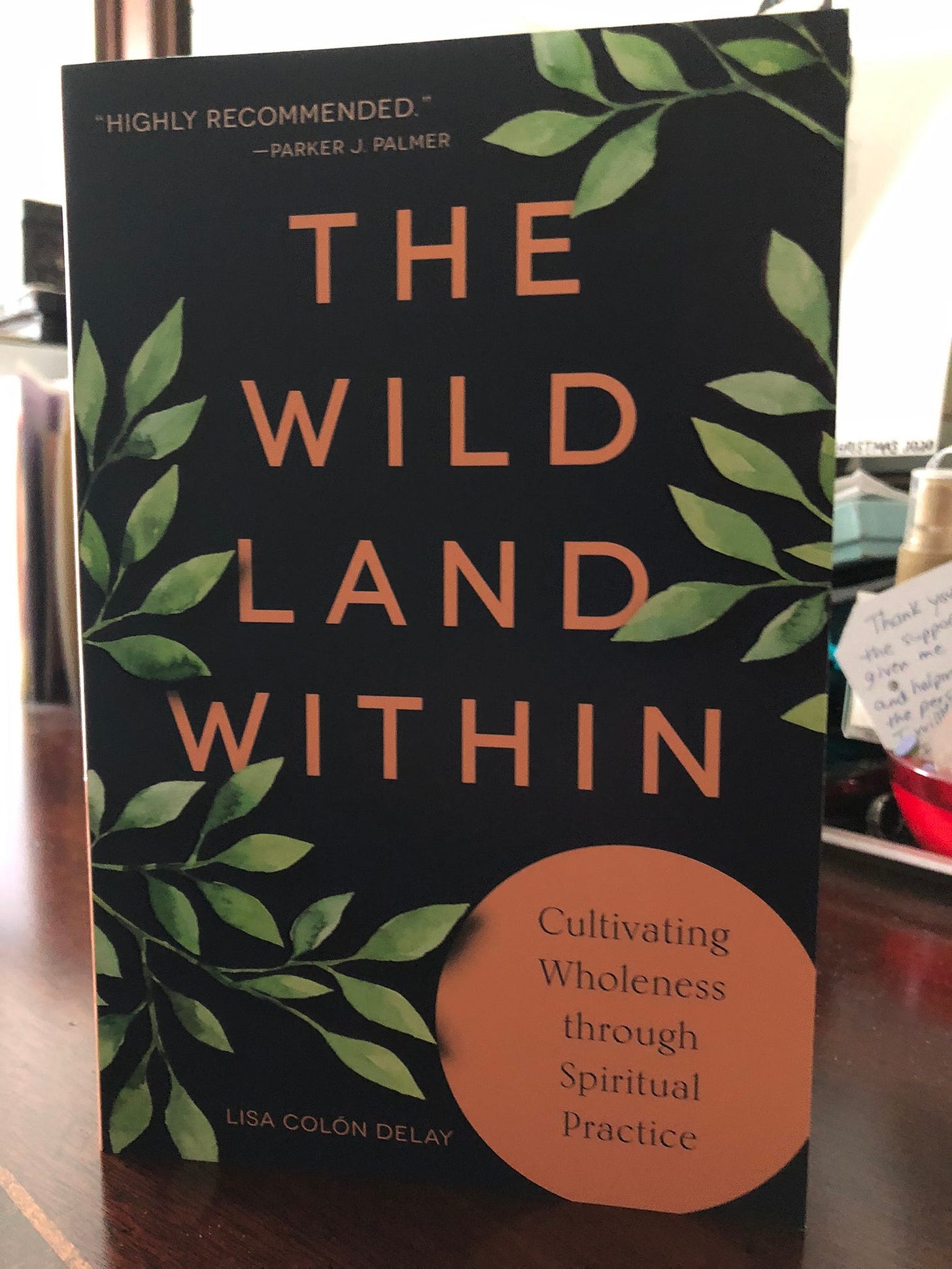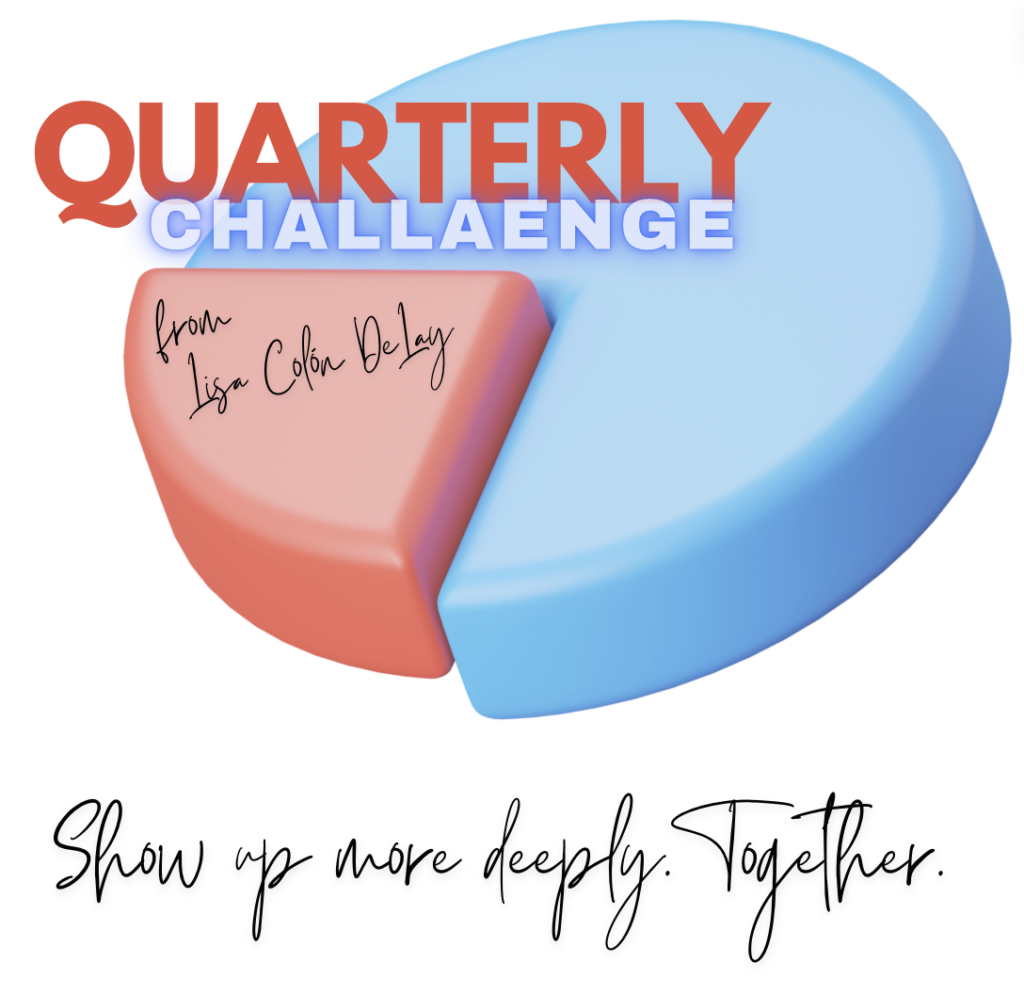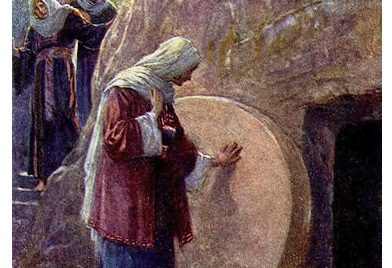Today we are exploring the Desert Wisdom of Abba Macarius on the strengthening of free will, among other things.
Podcast: Play in new window | Download (Duration: 10:30 — 14.4MB) | Embed
Subscribe to Spark My Muse Apple Podcasts | Spotify | Email | TuneIn | RSS | Subscribe to Spark My Muse
After you listen,
visit the link and participate as a subscriber here. ⬇️
https://sparkmymuse.substack.com/publish/post/146676674
As a (Patreon) supporter, you unlock many extras (at http://patreon.com/sparkmymuse$5 level, and up). It includes everything on the paid level at the Substack site. For more info scroll down.
You are invited to encounter the spiritual formation book I wrote called The Wild Land Within (my first book with Broadleaf Books)
🎁 ❤️
Just click the book or google search the title to get one, or get a few for a book club.
I’m happy to meet up with your group to say “hello”, answer your questions, and hear your thoughts.

• You can find out about my publisher Broadleaf Books here
⭐️What is a Patron? Here are the DETAILS:
Patron supporters chip-in a bit each month to help me offset my expenses so I can continue creating. Supporting this way (at $5 +) entitles you to many posts, perks, and goodies that unlock once you begin.
Want to come along side me with support regularly?
This kind of help makes a big difference. It is with great appreciation that I create for my patrons as my “inner circle”.
• Remember, Patron supporters ALSO get ALL ACCESS to the Substack (paid) extras!
Start here: https://www.patreon.com/

Join us in July for
THE QUARTERLY CHALLENGE.
You will be offered a challenge (one per month) to enliven your spiritual journey, connect you to others, and incite more inner reflection.
OR make a one-time contribution at PayPal.me/lisacolondelay
• It’s listeners like you make this work possible.
You can help out by sharing the program and rating/reviewing it on iTunes or other outlets.
Thank you very much.
-Lisa

![Do you know Abba Macarius? [SSL 314]](https://lisadelay.com/blog/wp-content/uploads/2024/07/abba-Macarius-.jpeg)
![Prayers of the East [SSL 221]](https://lisadelay.com/blog/wp-content/uploads/2022/03/9780800636555.jpg)
 In recent years there has been renewed interested in the unique flavor of Christianity from the
In recent years there has been renewed interested in the unique flavor of Christianity from the 

